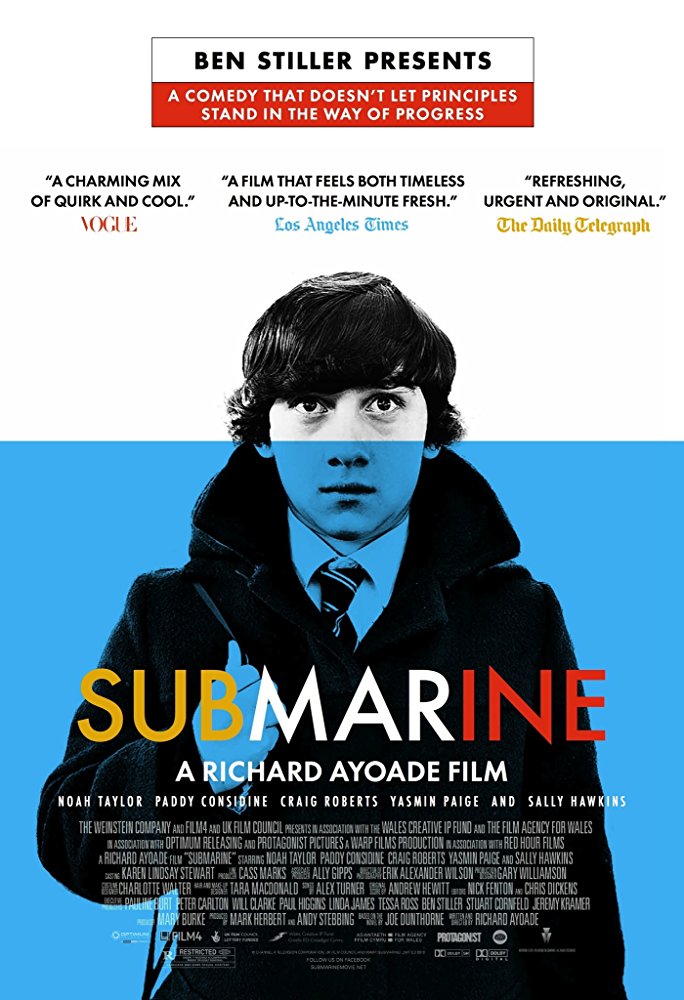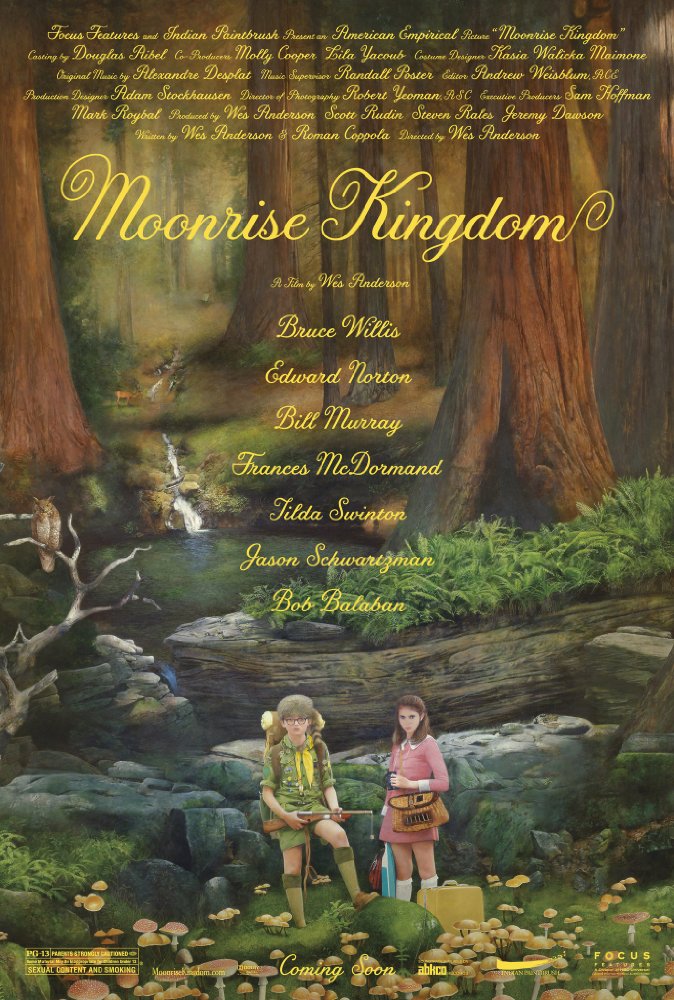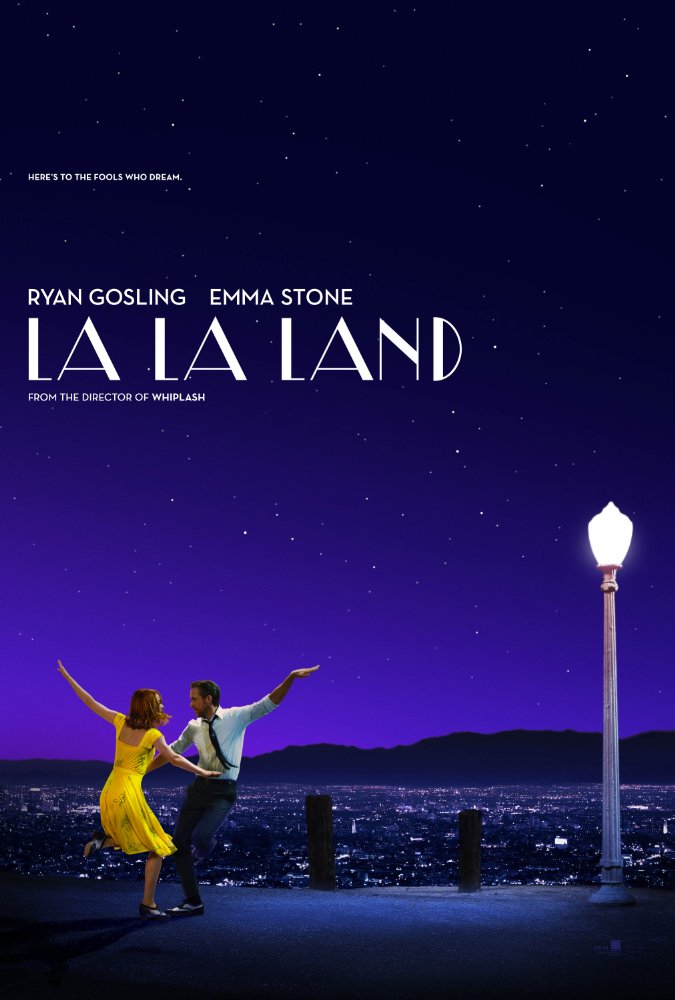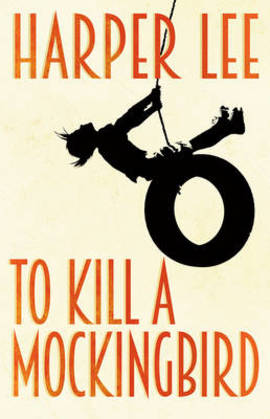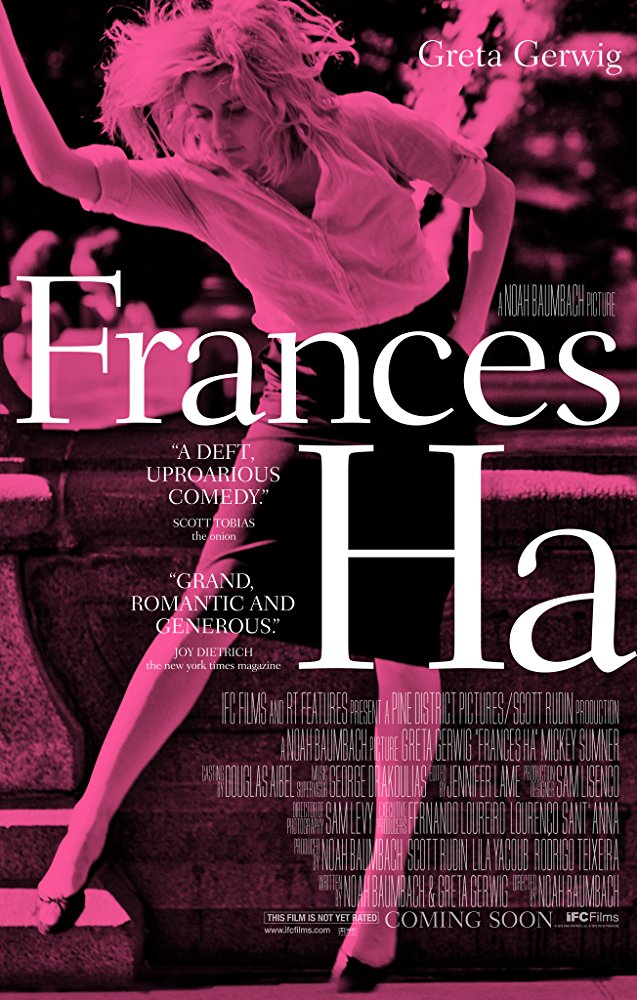In 2012, I went to the Filmhouse to see ‘Frances Ha’ as a naive twelve year old, and from that day, my interest in indie films became a passion. A strong one.
The struggles of a young woman in New York are presented so realistically and in a non-romanticized way – that is what makes the movie so interesting. The use of minimalistic scenes and stand-out intimate moments are what make the movie truly beautiful. The way it portrays two friends becoming distant over time because of relationships and work and then eventually coming back together in the final scene, when the future is still slightly unclear but Frances’ life and relationships with her friends seem to fall into place, is truly astounding. I have never seen a movie that shows such developed characters as well, and not overdramatizing their complex relationships. The movie is so modern and enhancing that you completely forget the movie is in black and white.
One of my favourite things about this film is that it isn’t based on a romance or a partner that the main character is trying to get over, which is such a cliché, but it is solely based on friendship and the pursuit of happiness while struggling to find a job and earn a living. The movie depicts a realistic portrayal of living in New York; Frances struggles with work, relationships and accomplishing her dreams. The final scene brings everything together with a hint of uncertainty for the future. Frances’ bad luck and misfortunes are shown so effortlessly in a way the audience can relate to the character. The whole movie being in black and white adds to the nostalgia of being lost or confused at some point in your life. Even the way the cameras are positioned give you a clear perspective from Frances’ point of view, letting the audience relate to the character. Small nostalgic moments really stand out on this film, making it more personal.
‘Frances Ha’ gives a beautiful and personal insight into the struggles of growing up and trying to find yourself in a world of competitors and even growing distant from old friends and accepting adulthood. The movie shows the powerful character development and how unresolved friendships and unemployment turns into new opportunities and stability despite the crashes along the way. Throughout the movie, Frances never fails to laugh at her pain as life beats her up. It’s the perfect Indie movie minus any over romanticized nostalgia or unnecessary love interests, as it only focuses on the reality of life whilst making it an insightful cinematic masterpiece with its simplicity and wonderful, upbeat soundtrack.
‘Frances Ha’ is a perfect portrayal of a woman struggling to live in New York City while developing her complicated relationships with other characters and struggling to become a dance choreographer and eventually achieving what she wants to achieve. It’s real, it’s credible, and it’s beautiful.

